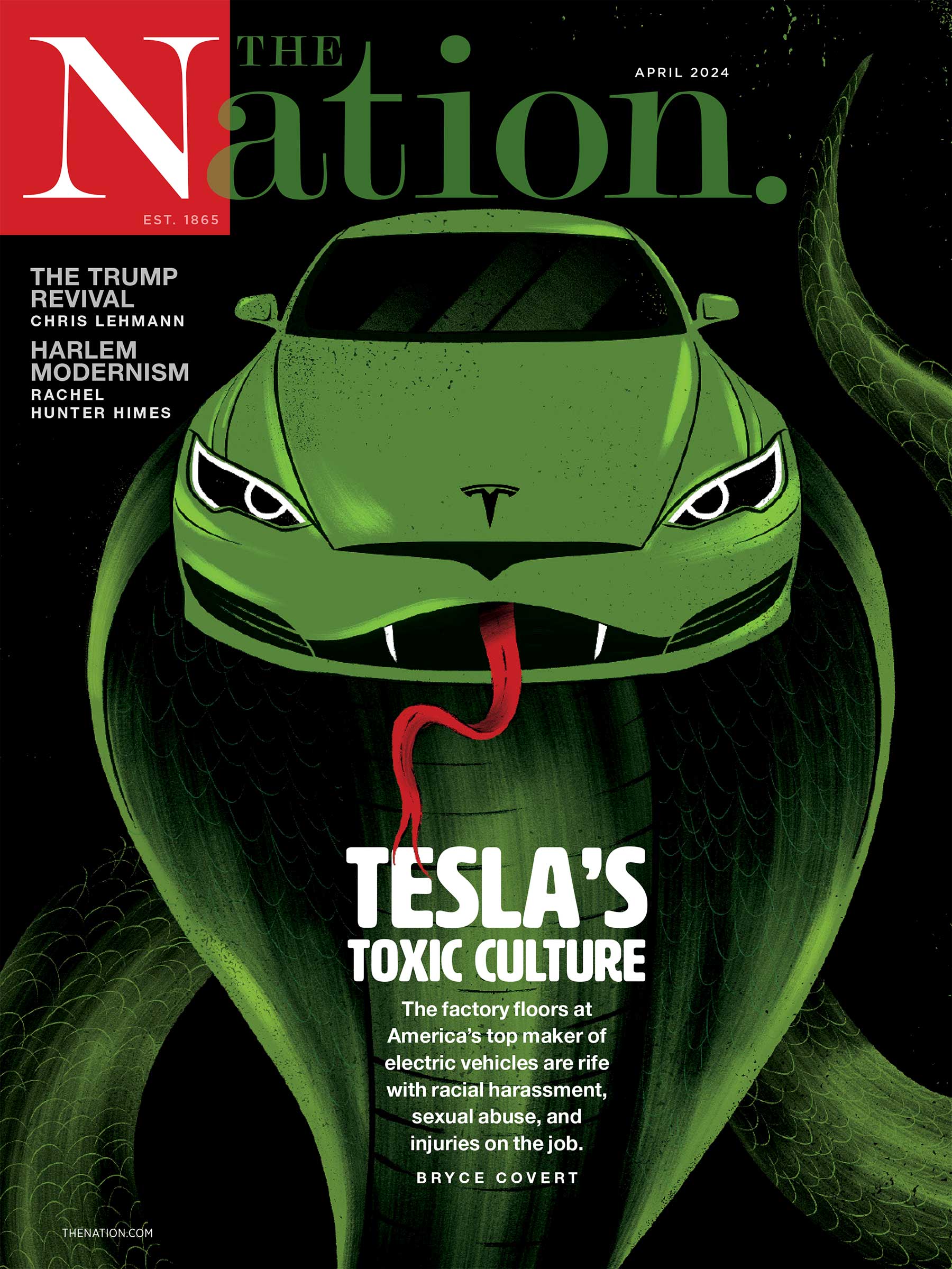DAY 12: DEPARTURE DAY 12: DEPARTURE
Transfer to the airport for flights to the United States.
Apr 5, 2017
DAY 11: CARTAGENA DAY 11: CARTAGENA
This morning we’ll visit the Bazurto market, which will afford us a glimpse into the day-to-day life of real cartageneros. Anthony Bourdain brought a small corner of the market to…
Apr 5, 2017
DAY 10: CARTAGENA DAY 10: CARTAGENA
We’ll begin exploring the inner section of the Old Town, a UNESCO World Heritage site, with a walking tour. We’ll learn about Cartagena’s colonial history and stroll through the im…
Apr 5, 2017
DAY 9: CARTAGENA DAY 9: CARTAGENA
This morning, we’ll meet with urban-planning consultant Jorge Melguizo to discuss the history of the drug trade in Colombia and the radical urban transformation of Medellín. Medell…
Apr 5, 2017
DAY 8: MEDELLÍN DAY 8: MEDELLÍN
This morning, we’ll take an early flight to Medellín, located deep in the fertile Aburrá Valley in the Andean highlands. Flying in to Medellín, we’ll see the heart-stopping beauty…
Apr 5, 2017
DAY 7: PEREIRA DAY 7: PEREIRA
Colombia is the world’s third-largest producer of coffee and the only country that grows Arabica beans exclusively. The bean was brought to Colombia in the early 18th century by Je…
Apr 5, 2017
DAY 6: PEREIRA DAY 6: PEREIRA
We’ll depart early this morning and drive to the mountain town of Silvia. Every Tuesday, the indigenous Guambiano people come to the town’s market to sell their produce. The Guambi…
Apr 5, 2017
DAY 5: POPAYÁN DAY 5: POPAYÁN
This morning we’ll head northwest toward Popayán, stopping at the Parque Nacional Natural Puracé, which lies within the territory of the Puracé indigenous people and is a geotherma…
Apr 5, 2017
DAY 4: SAN AGUSTÍN DAY 4: SAN AGUSTÍN
We’ll take a morning flight to Pitalito and from there drive approximately 45 minutes to the newly opened Hotel Monasterio de San Agustín. This region was inhabited by two enigmati…
Apr 5, 2017
DAY 3: BOGOTÁ DAY 3: BOGOTÁ
We’ll meet this morning with staff members of the National Historic Memory Center and discuss the Victims Law, which was passed in 2011 to address 20-plus years of paramilitary, gu…
Apr 5, 2017
